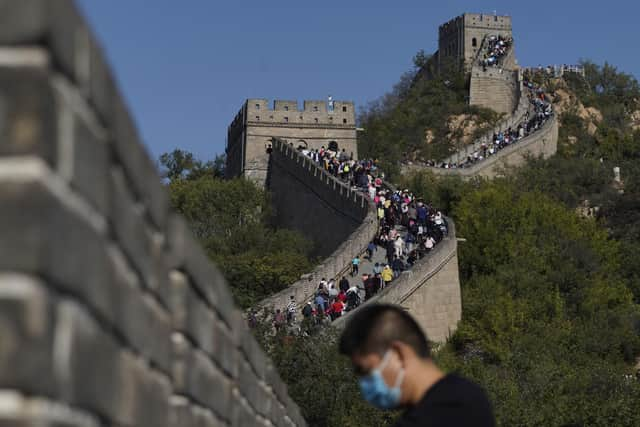Great Wall of China damaged: How old is the Great Wall of China? Two workers arrested for smashing hole in Unesco world heritage site
Two construction workers have been arrested for smashing a hole in the Great Wall of China to use as a shortcut, according to local authorities.
The Youyu County government said the men were in custody with further legal action pending, following a report of a breach in the Unesco world heritage site.
Advertisement
Hide AdAdvertisement
Hide AdState media showed a dirt road cut through the wall against a rural landscape in Youyu County, hundreds of miles west of Beijing.


Reports said the two men, identified only by the surnames Zheng and Wang, wanted a shorter route for work they were doing in nearby towns.
The breach was in a broken-down section of the wall, far from the restored segments familiar with tourists.
How old is the Great Wall of China? How long is the world heritage site?
The Great Wall stretches about 5,500 miles and was built mainly during the Ming dynasty that lasted until 1644.
The wall was abandoned and plundered for bricks and stones by local villagers, only to be revived by the communist government as a symbol of patriotism, mass mobilisation and resistance to outside pressure.
Comments
Want to join the conversation? Please or to comment on this article.